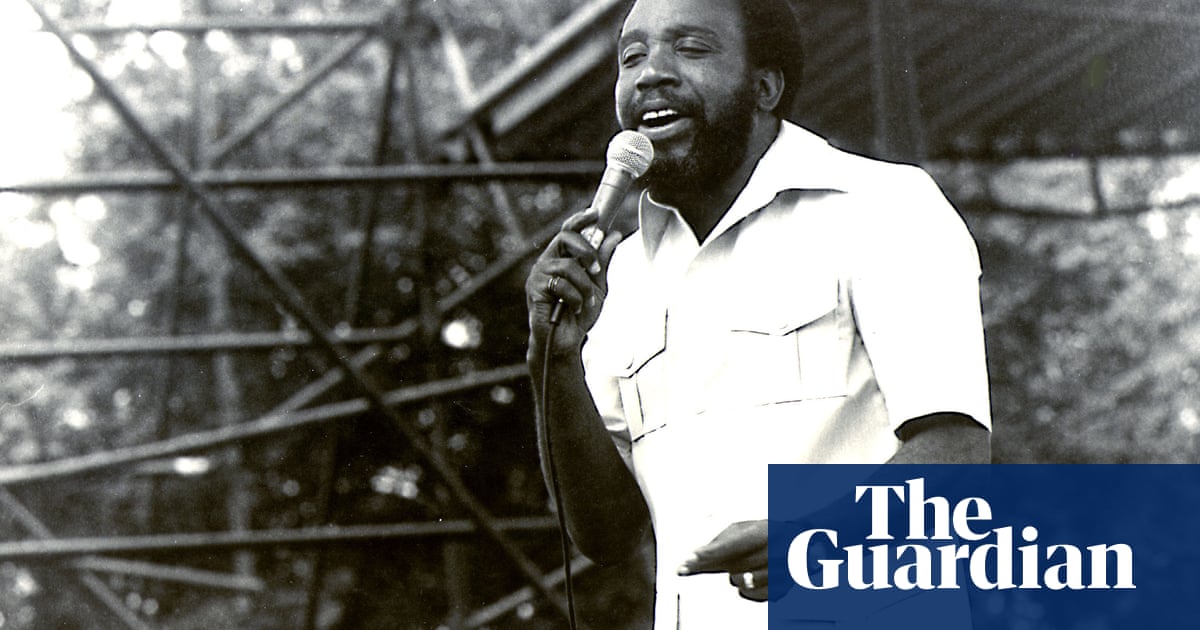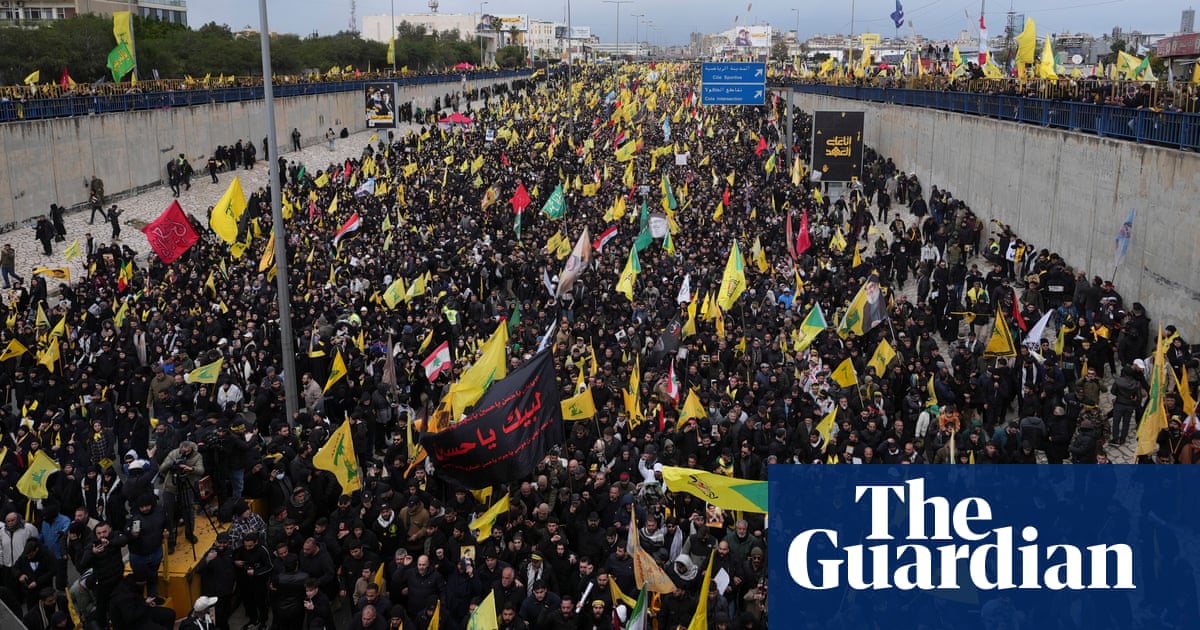The elegiac quality of Haruki Murakami’s new novel, his first in six years, was perhaps inevitable considering its origins. The City and Its Uncertain Walls began as an attempt to rework a 1980 story of the same title, originally published in the Japanese magazine Bungakukai, which Murakami, unsatisfied, never allowed to be republished or translated.
“I felt that this work contained something vital for me,” Murakami writes in the novel’s afterword, “at the time, though, unfortunately I lacked the skills to convey what that something was.” Five years later, his first attempt at a revision developed into the novel Hard‑Boiled Wonderland and the End of the World, a narrative that ran “parallel” to the original – “like two crews digging a tunnel, one from each end, breaking through and meeting up in the exact middle”. Yet still, Murakami writes, the story “bothered” him. And so 35 years later, as the Covid-19 pandemic began in earnest, Murakami circled back to the material again, spending three years expanding it into this lengthy tripartite novel, now translated into English by Philip Gabriel.
Were his efforts rewarded, this third time around? For Murakami himself, it seems the answer is a resounding yes: he writes of his “relief” at finally bringing the material into a conclusive form. But as a reader, this protracted, foggy and self-referential novel feels ultimately scant in its rewards.
The City and Its Uncertain Walls is narrated by a man of indeterminate middle age. In its opening section, he recalls his first love: the sweetheart he meets at the prize-giving ceremony for an inter-school essay writing competition, aged 17. Their unsophisticated, all‑consuming romance plays out across one perfect summer between Tokyo and the narrator’s coastal home town. It is convincingly drawn, though perhaps a little too saccharine (at one point the narrator, marvelling at the smallness of his lover’s hands, is “impressed that such tiny hands could do so much. Twisting open bottle tops, for instance, or peeling tangerines”). The lovers exchange letters, and occasionally meet up on park benches to kiss and talk. When she begins to describe to him a mysterious town, full of “made-up stories and contradictions”, surrounded by a high wall, he is as entranced by the notion of this strange place as he is by her tiny hands. This walled town, she says, is where the “real her” lives. Months later, as the new school year begins and their meetings become fewer and further apart, his lover vanishes without explanation.
This story of tragic young love unfolds across short chapters that alternate with a second narrative, set in the walled town of the young woman’s imagining. Here, again, is our narrator, though now middle-aged. Here, again, is our teenage girl, still a teenage girl. In this town, the narrator works as a “dream reader” in a mysterious library, and the girl is his assistant. The town is populated by strange unicorn-like creatures and veined by willow-fringed rivers. It is serene, colourless and timeless. With its ever-changing walls, it is later described as “a dark realm of the unconscious” – but it’s hard not to read it as a symbolic manifestation of the stasis produced by grief over lost love.
In any case, Murakami drops hints like anvils on the implausibly jejune reader who might be plodding along in ignorance of the setting’s polysemic metaphorical power. “Just as the human brain is divided into right and left,” we are told, “the river divided the town into two halves, north and south”; “In the plaza … loomed the clock tower, with its clock without hands, like some sort of symbol.” Despite this heavy handedness, the walled city chapters are compelling. Murakami blends the whimsical and the threatening with the skill of that other pre-eminent Japanese visionary, Hayao Miyazaki (and The City includes multiple references to the film director’s work). I would have liked to spend more time in this world than the novel allows us.
In the second and third parts, our narrator, having found a method of escape from the walled town, is returned to his “real” existence. Attempting to fill the void created by the disappearance of his first love, he impulsively takes a job at a library in a remote, mountainous town in Fukushima province.
It is here that the novel’s meandering, repetitious styling crosses over from hypnotic to tiresome as enigmatic occurrences and perplexing situations pile up. Murakami’s same heavy-handedness comes into play as an unfortunate tendency to overexpose the magic realist elements of the novel. There are countless exchanges between characters in which the details of a particular event are stated, restated in almost exactly the same words, confirmed, restated again with a pretty flourish of simile, and then pondered inconclusively. So, what you’re saying is: there are countless exchanges between characters in which the details of a particular event are stated, restated in almost exactly the same words, confirmed, restated again with a pretty flourish of simile – and then inconclusively pondered? Yes: the novel becomes like watching a fish rolling through the dark depths of a pond, before it vanishes from sight with a flicker of its tail. Mesmeric, to a certain extent, but ultimately deficient.
There are references to Gabriel García Márquez, and to Marcel Proust, but Murakami is unable to match the imagistic flair of the former or emotional insight of the latter, while the unadorned, melancholy beauty he does excel at evoking becomes smothered in redundant expositional bloat. This almost felt like an issue of mistrust; as though Murakami wasn’t convinced the reader would follow him unless he threw up uncertain walls of his own around the narrative.
after newsletter promotion
I do not doubt that fans of Hard-Boiled Wonderland and the End of the World will find this companion piece rewarding, and that for Murakami, the novel was a labour of love, the fulfilment of a creative impulse carried across decades. But finishing it, for me, just began to feel like a labour.

 2 months ago
48
2 months ago
48













































